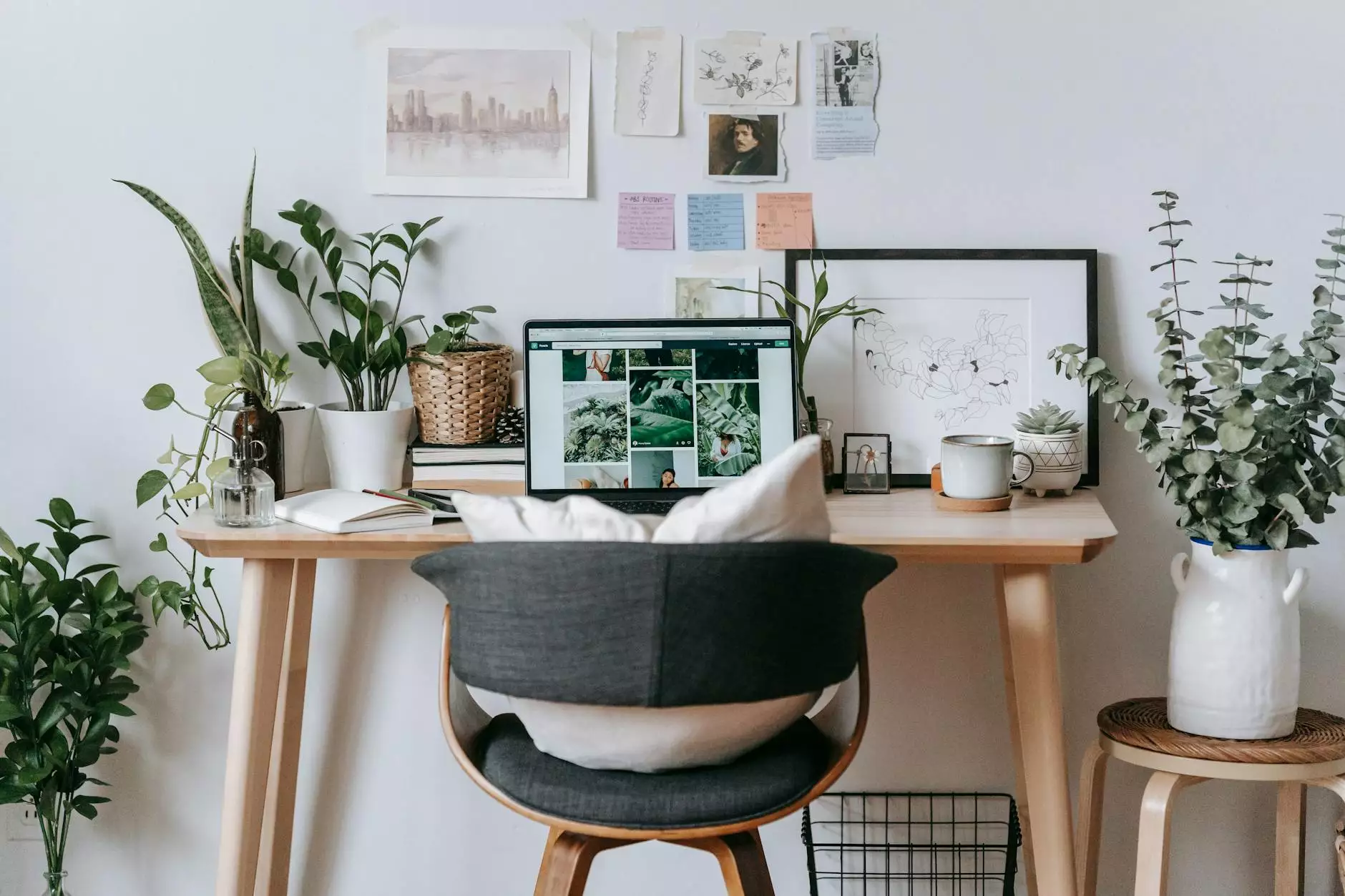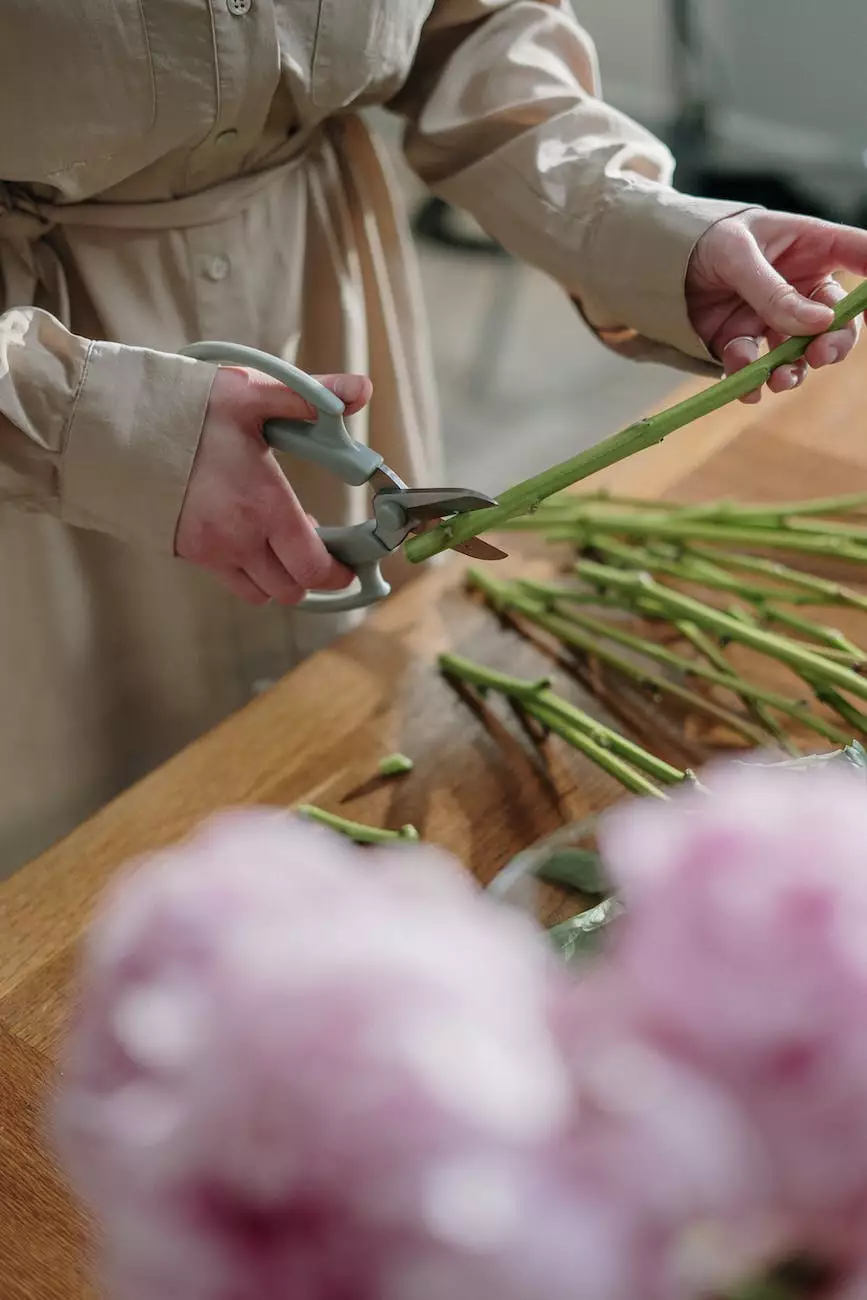Repotting And Propagating Indoor Plants

Why Repotting Matters
Repotting is an essential step in maintaining the health and vitality of your indoor plants. As plants grow, their roots require more space to spread out, access nutrients, and absorb water effectively. Repotting also allows you to refresh the soil, remove any accumulated salts, and address any issues such as root bound or diseased plants.
Choosing the Right Time
Timing is crucial when it comes to repotting indoor plants. The best time to repot is during the active growing season, typically in the spring or early summer. Avoid repotting during colder months or when the plant is flowering or producing new buds. Monitor your plants regularly and look for signs such as roots coming out of the drainage holes or crowded roots within the pot.
Preparing for Repotting
Before repotting, gather all the necessary supplies, including a new pot with drainage holes, fresh potting soil, and gloves for protection. Carefully remove the plant from its current pot, gently loosening the roots with your hands or a tool if necessary. Inspect the roots for any issues and trim damaged or diseased parts.
Choosing the Right Pot and Soil
When selecting a new pot, choose one that is slightly larger than the current pot to allow for root growth. Ensure the pot has drainage holes to prevent water from accumulating and causing root rot. Use a well-draining potting mix specifically formulated for indoor plants. It should provide adequate nutrients and promote proper moisture retention without becoming too compacted.
Repotting Techniques
Place a small layer of fresh potting soil at the bottom of the new pot. Gently position the plant in the center, making sure the roots are spread out evenly. Add more soil around the sides, pressing it lightly to secure the plant. Leave a small gap at the top to allow for watering. Water the newly repotted plant thoroughly and place it in an appropriate location with the right amount of light and temperature.
Propagating Indoor Plants
Propagation is an exciting way to multiply your indoor plant collection and share plants with friends and family. There are several methods you can choose from, including:
- Leaf Cuttings: Take healthy leaves from the parent plant and place them in a suitable medium. Keep them moist and wait for new plantlets to emerge.
- Stem Cuttings: Cut a healthy stem from the parent plant just below a node. Remove the lower leaves and place the cutting in water or a rooting hormone. Once roots develop, transfer it to a pot.
- Air Layering: Choose a healthy stem and make a small vertical cut. Apply rooting hormone and wrap the cut area with moist sphagnum moss or damp paper towel. Secure it with plastic wrap and wait for roots to form before cutting and repotting the new plant.
Caring for Newly Propagated Plants
After propagating your indoor plants, ensure they receive adequate care to promote healthy growth. Keep the new plants in a warm, humid environment with bright, indirect light. Water them regularly, but be careful not to overwater as this can lead to root rot. As the new plants establish roots, gradually acclimate them to their preferred growing conditions and monitor their progress closely.
Conclusion
Repotting and propagating indoor plants are essential tasks that contribute to the overall well-being and growth of your plant collection. By providing the right conditions, choosing the appropriate pots and soil, and following proper techniques, you can help your indoor plants thrive and create a lush, green environment in your home. Embrace the rewarding process of plant care and enjoy the beauty and benefits of indoor gardening.










